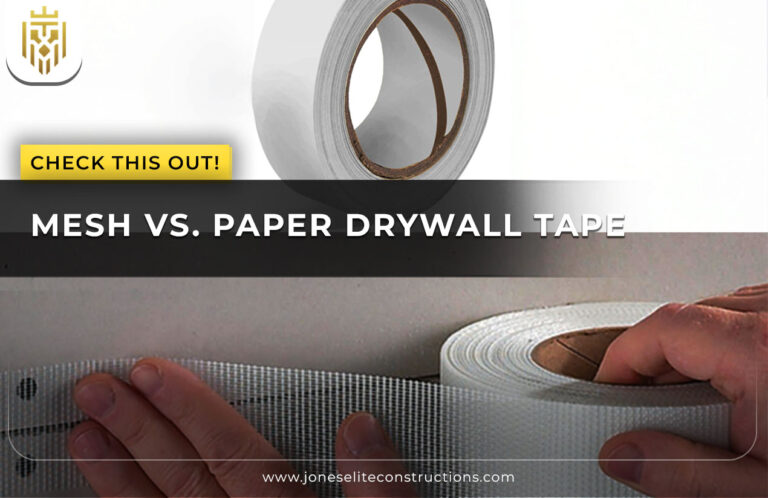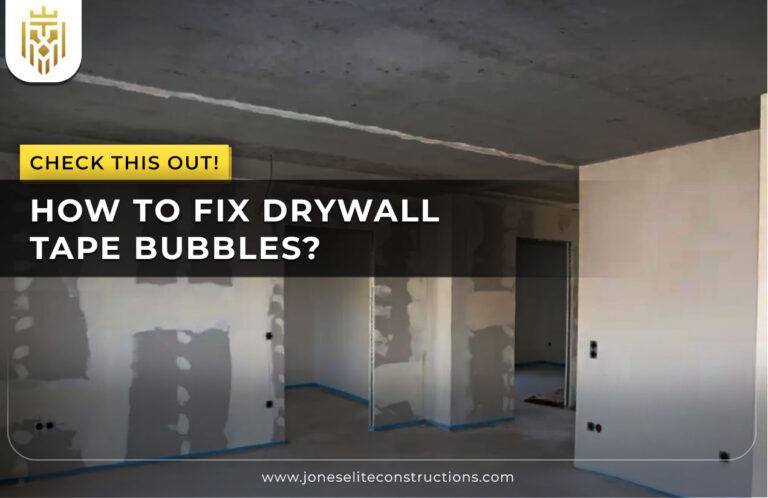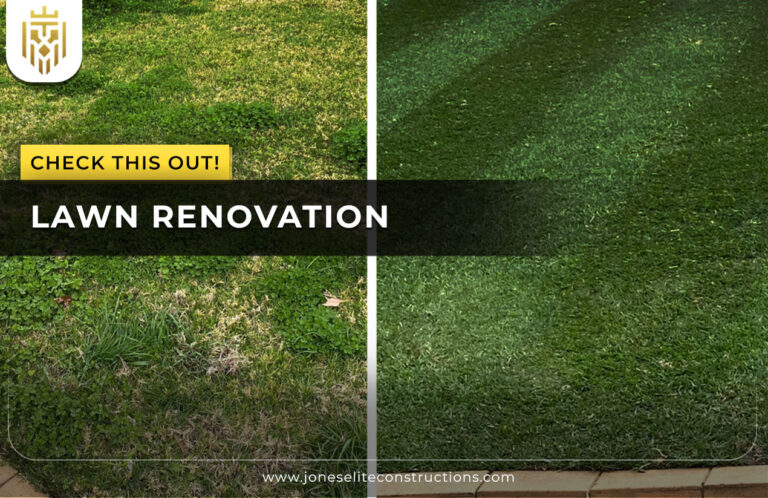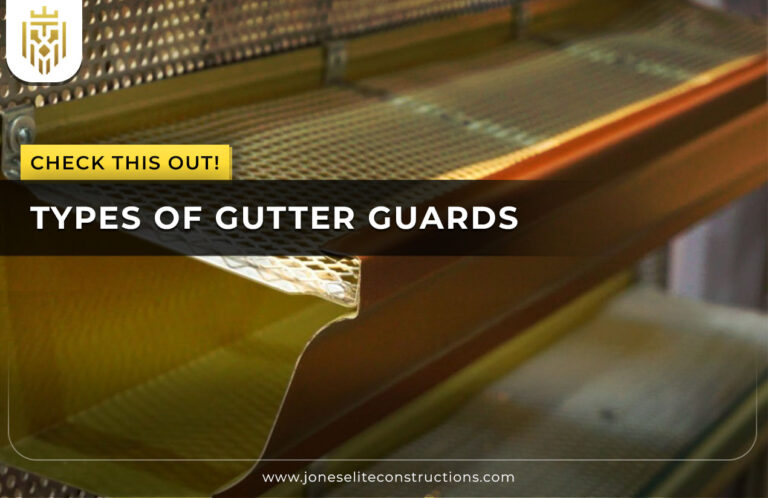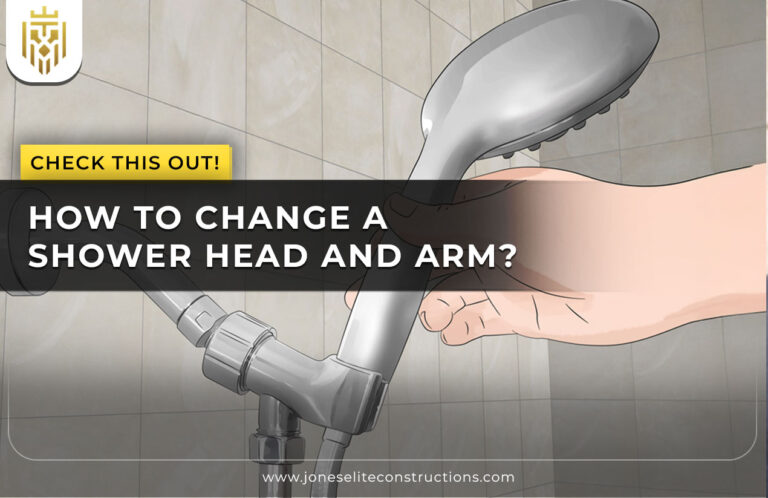What Is A Home Inspection?
Home inspection is a key aspect of any house inspection checklist, and it’s done by competent home inspectors. It mostly entails a thorough, non-invasive examination of a property from the points of view of the inspectors. The home inspection checklist strives to be a means of early recognition of issues that need to be rectified for the property to be held to acceptable standards, especially for a new house inspection checklist.
Why is a Home Inspection Important?

Home inspection is a must beforehand in buying a house and it means safety as well as preventing expensive repairs, and ensuring verified legal compliance. Give relief and rightfulness with a good house inspection checklist smart decisions that one takes.
-
Ensuring Safety
In addition to addressing safety issues and some that could remain invisible to the home buyer, a home inspection is crucial in every house inspection checklist and house inspection list that can give peace of mind to the conscious buyer. During a thorough evaluation of risks by the home inspector is the one most significant part in the housing inspection checklist process.
-
Preventing Expensive Repairs
Thorough home inspection saves buyers from unpleasant surprises. It should be included in your new house inspection checklist to sort the issues from the costly ones. The house inspection checklist and house inspection list prove that your investment is in good standing with a certified home inspector.
-
Ensuring Compliance
Professional home inspection also assures the fact that whatever is on their checklist has complied with local codes and standards. This renders a crucial step in the housing inspection checklist at the moment when everything hangs in the balance due to imminent finalisation. To ensure legal safety with a home inspector pointing out non-compliant areas, this should be incorporated into your house inspection checklist or new house inspection checklist.
Exterior Inspection
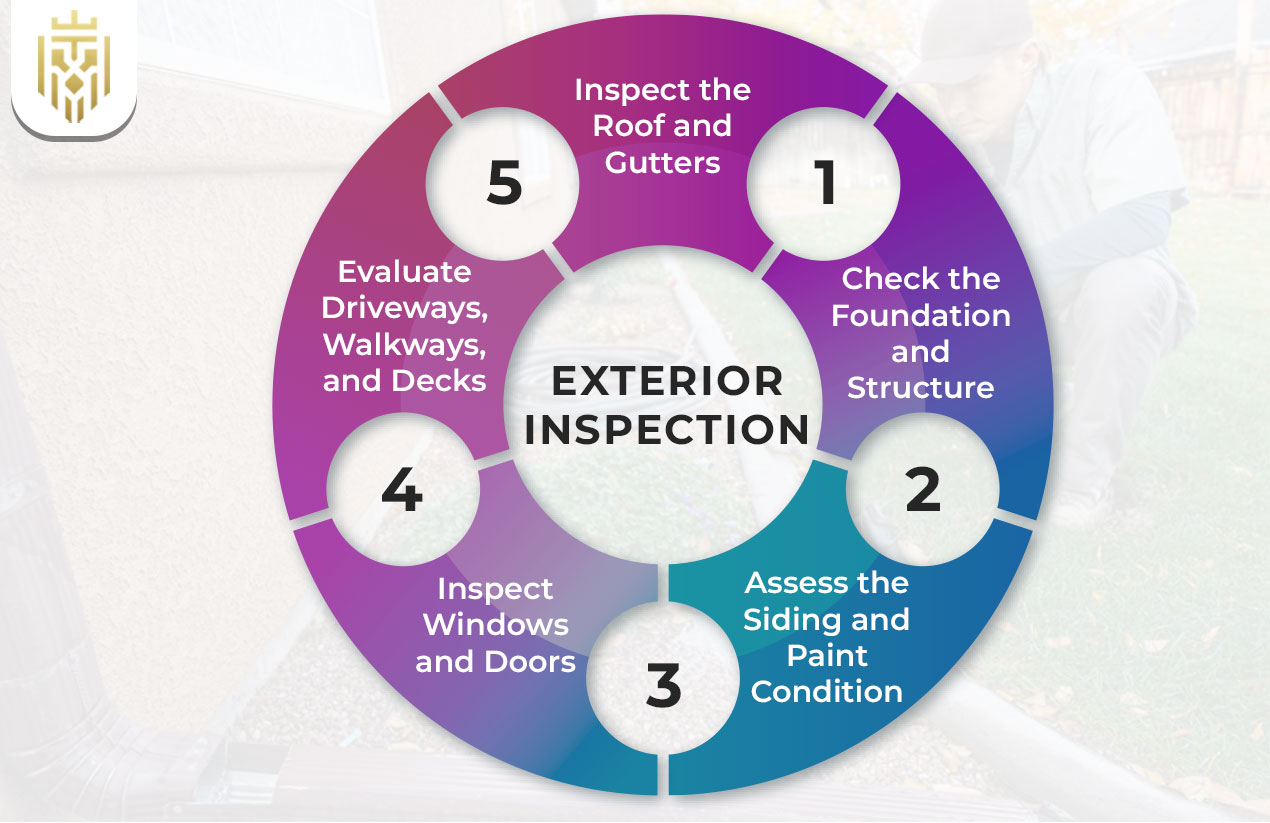
A thorough house inspection must be done at the outdoors with inspecting the roof and gutters, checking the foundation and stature, assessing the siding and paint condition, inspecting windows and doors, and evaluating driveways, walkways, and decks.
-
Inspect the Roof and Gutters
A roof and gutters should top the house inspection checklist. The home inspector looks for missing shingles, moss, sagging, and loose gutters. They were among the issues frequently found on the housing inspection checklist and new house inspection checklist about water damage and structural soundness.
-
Check the Foundation and Structure
Every home inspection includes an assessment of the foundations for cracks, misalignment, and water damage. Those checks have to be considered fundamental in the house inspection checklist and housing inspection checklist. A home inspector will also ensure that anything concerning these is documented in the house inspection list so that safety assessments can be done.
-
Assess the Siding and Paint Condition
Moving down from the house inspection checklist, one must look into the siding and paint. A home inspector checks for warping, peeling, and the presence of mold or pests. This becomes an important step in the new house inspection checklist and housing inspection checklist, which is here to safeguard exterior degradation due to weathering and aesthetic decline.
-
Inspect Windows and Doors
Windows and doors should be functional- free of cracks and gaps. This is incorporated in every house inspection checklist and house inspection list by a home inspector. Safekeeping relies on their proper sealing and locking mechanism making it an urgent step in the new house inspection checklist and housing inspection checklist.
-
Evaluate Driveways, Walkways, and Decks
The house inspection checklist entails inspecting any outside surfaces for cracks and hazards. An inspector will look for safety and longevity regarding these areas. Being on both the new house inspection checklist and housing inspection checklist, this step upholds curb appeal while erasing any tripping hazards noted on the house inspection list.
Interior Inspection
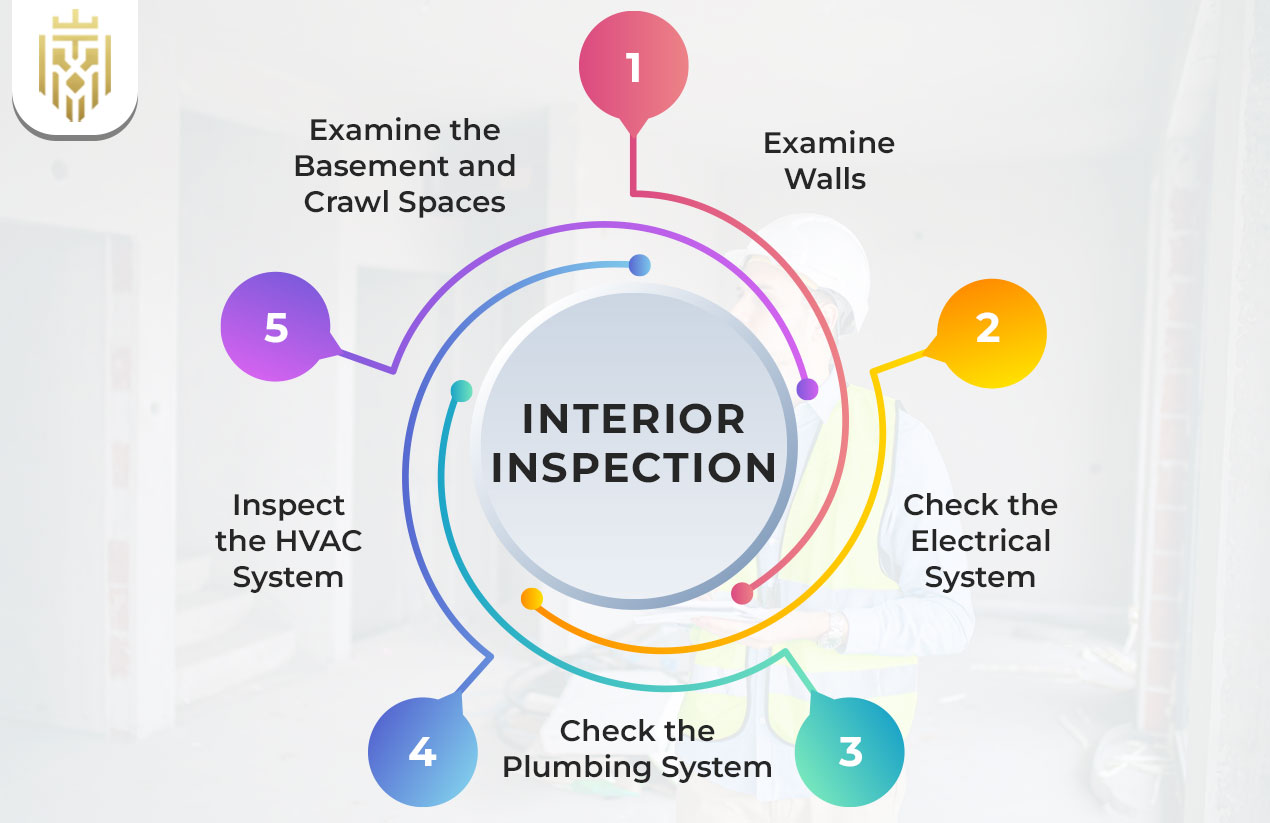
Conducting an interior inspection as a part of the overall new house inspection checklist involves examining walls, ceilings, and floors, checking the electrical and plumbing system, inspecting the HVAC system, and inspecting the basement and crawling spaces.
-
Examine Walls, Ceilings, and Floors
A home inspector will check the walls, ceilings, and floors for signs of damage, cracking, or moisture. These indications are useful in discerning points of structural weakness or signs of water penetration. Early detection helps buyers or homeowners start planning repairs immediately, thus avoiding unpleasant surprises after moving in or completing the purchase.
-
Check the Electrical System
The safety of the electrical system is ensured in each inspection. This includes looking for faults in wiring, panels, and outlets. When the inspector appears, he checks to see if there is damage, outdated equipment, or any hazards. This is one crucial component of a home inspection to ensure that electrical systems are safe and to code.
-
Check the Plumbing System
The plumbing checks consist of water pressure tests for leaks, as well as inspection of exposed pipes for signs of corrosion. Sometimes early detection can save a lot of time, money, and stress. This step is usually found in a home inspection checklist so that the plumbing system is functioning correctly and reliably.
-
Inspect the HVAC System
The HVAC will check for airflow, filter quality, and equipment conditions. Ongoing maintenance will provide energy efficiency and indoor air quality. You can expect to find this evaluation on any home inspection checklist to maintain comfort properly and functionality throughout the year.
-
Examine the Basement and Crawl Spaces
Lastly, the inspector must examine for moisture, mold, pests, or structural defects in the basements and crawl spaces. These areas are usually ignored and can lead to serious issues; hence it cannot be left out in any of the detailed house inspection checklists to maintain the integrity and indoor air quality of the foundation.
FAQs
1) What Is A Home Inspection?
Home inspection is a key aspect of any house inspection checklist, and it’s done by competent home inspectors. It mostly entails a thorough, non-invasive examination of a property from the points of view of the inspectors.
2) Why should you get a home inspection before buying a house?
A home inspection finds hidden problems and assesses safety issues and the owner can negotiate repairs before closing. It serves as insurance for the investment and makes sure it meets the expectations.
3) When should you hire a professional for a home inspection?
This is when you hire a professional home inspector to check out the property before closing a deal. Do it after the seller accepts your offer but before closing on the property so that you have enough time to evaluate and renegotiate as necessary.
4) How often should I inspect my home?
Implement an annual routine housing inspection checklist after severe weather and renovations. It supports the identification of maintenance requirements before time and keeps the property in a good state over time.

